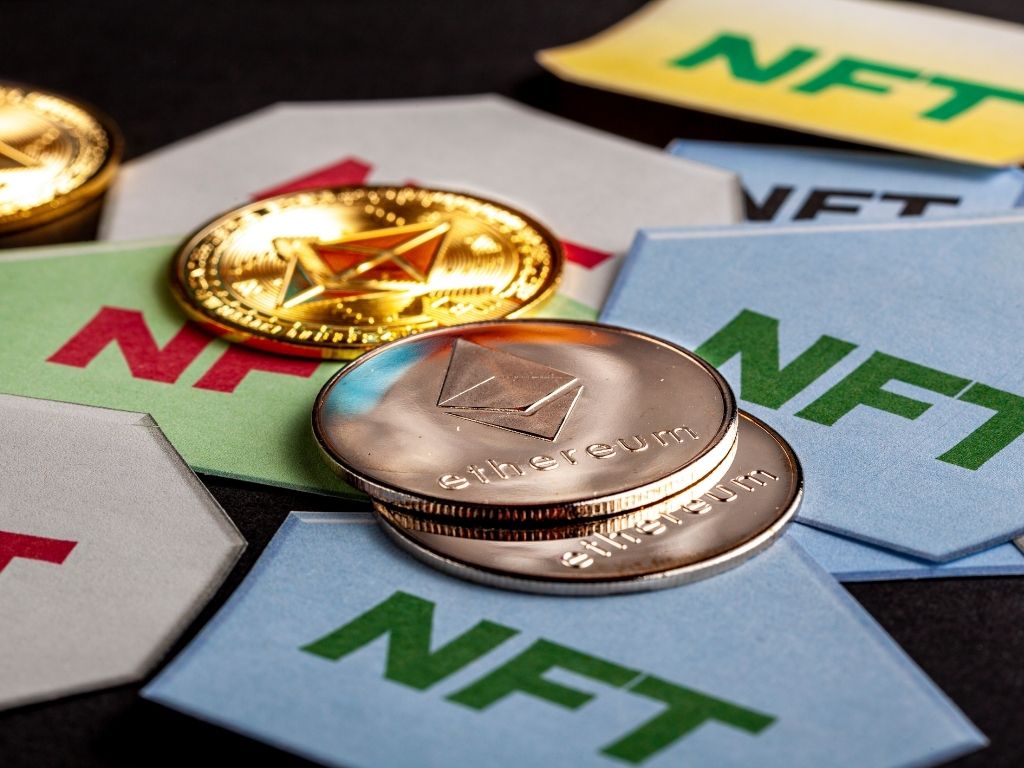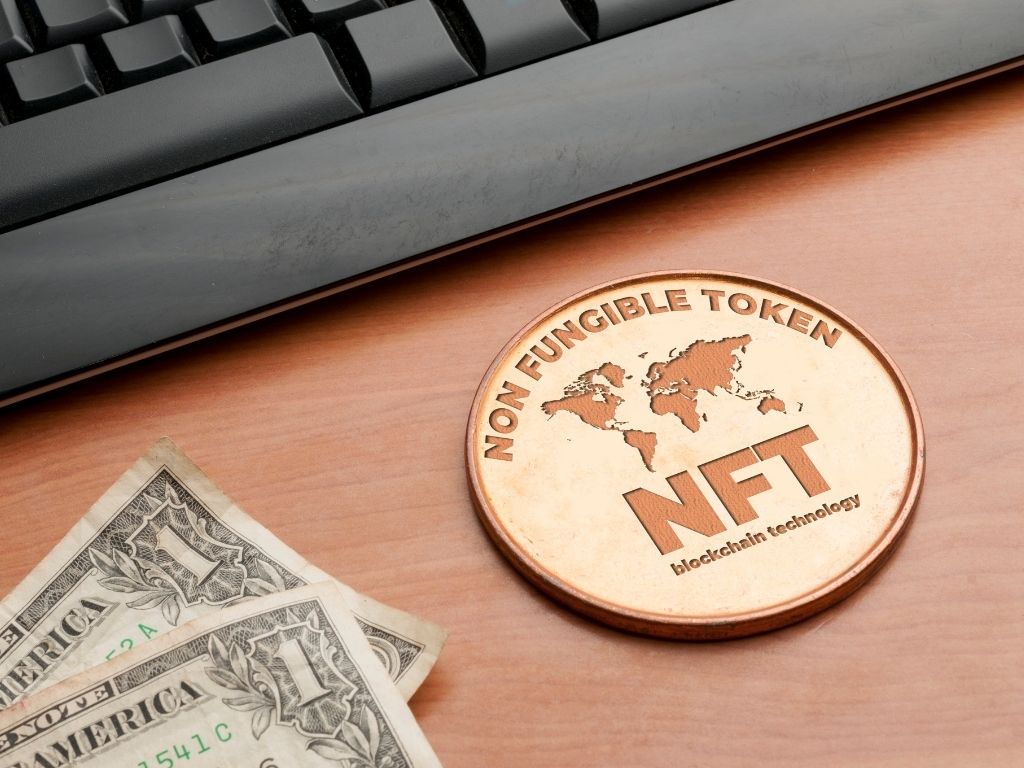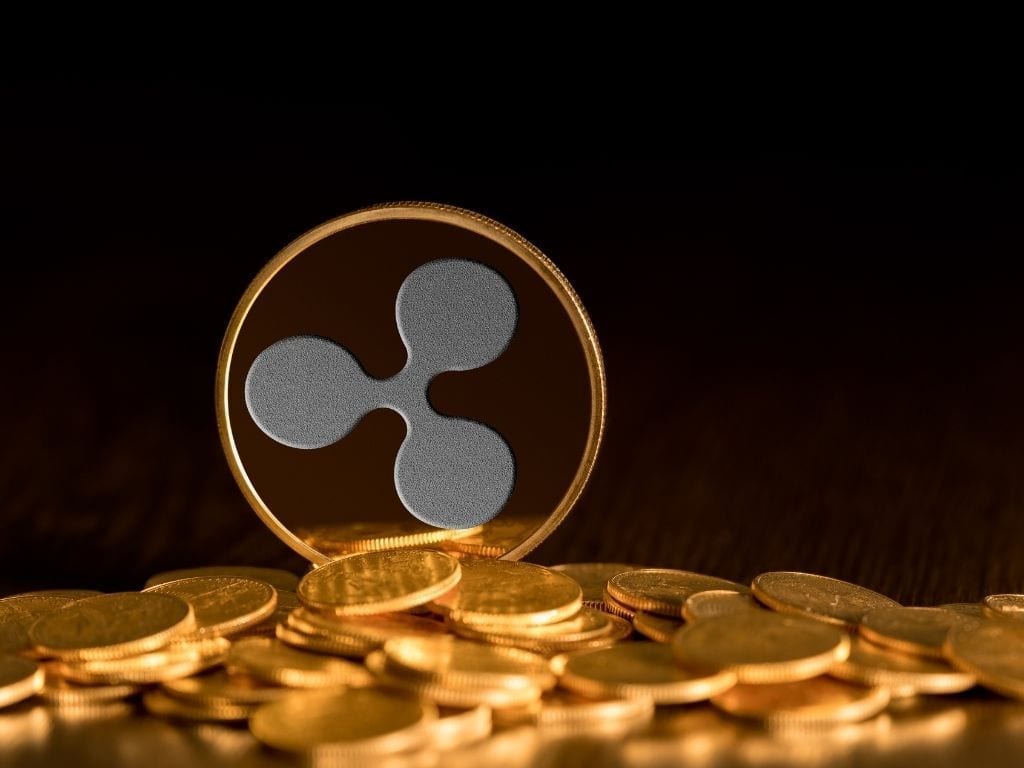NFT stocks and Non-fungible tokens explained for dummies
NFTs represent a different class of digital assets. The term “non-fungible” means that each token is unique and cannot be substituted by another one. NFTs are programmed to be rare and unique, meaning that no more than 1 million tokens can exist, and they cannot be duplicated or destroyed.
Tokens represent digital assets that can represent virtually any value of the item: from a particular type of shoe to a vote in an election.
NFT Speculation Is Taking The Stock Market By Storm
The US is leading the way in this new kind of speculation, and many believe it is because they were one of the first to adopt cryptocurrencies and blockchain technology. However, the UK and other countries are now getting involved with this new type of trading in the stock market.
As we can see from these examples, NFTs are not just a trend but an innovation that will help transform our future economy.
There has been a lot of buzz around the financial world today because of this new technology, non-fungible tokens (NFTs). But before we start investing in NFT stocks, let’s go into what they are and whether or not they’re worth your investment. Investors who are interested in the potential for this technology and think it will become mainstream should read on.
What Are NFTs (Non-Fungible Tokens)?
NFTs are a new type of digital asset that is unique in their own way. They can be purchased, sold, and traded on a separate market. NFTs can represent ownership of real-world assets like NFT stocks and bonds, digital items like in-game items and music, or even virtual pieces of art like paintings or drawings.
NFTs are not fungible by default and they cannot be converted to other types of tokens (e.g., tokens for other games).
When you say something is “fungible”, it means that each unit is the same. For example, if you trade in your money for another one, there isn’t much difference. With artwork, however, each piece is unique and cannot be compared to others. NFTs are digital assets that come in many shapes and forms – some popular ones at the moment are digital artwork, videos, gifs, tweets, or hand-drawn cards. There is high excitement around them thanks to how they can be used to sell digital art on platforms like Ethereum’s blockchain.
It’s pretty hot outside and some of the reasons may include that we heard about digital artist Beeple who was selling a piece of artwork for $69 million and Jack Dorsey‘s tweet which was selling for $2.9 million.
The exchange, which gained popularity by selling Twitter founder Jack Dorsey’s first tweet NFT for $2.9 million (about 3.472 billion won), recently suspended NFT transactions, citing “stealing sales.” Do you think trust in NFT will decrease for the time being? pic.twitter.com/V2T9qVXc4J
— chung ho pyo (@BKPe0vGbS9wO0py) February 14, 2022
How do NFT Stocks Work?
The types of art available as NFTs are limitless and all of the different types of artwork sold after Dorsey’s tweet just go to show that more and more people are looking for investing in them. One NFT by Sophia the Robot sold for $700,000 and if that isn’t enough, a few New York Times crypto tokens also managed to sell for. Once an NFT is created, it is available in the marketplace.
A new cryptocurrency is generated with a unique identity and ownership on a proof-of-work blockchain. This same technology is what powers Bitcoin, Ethereum, etc. A lot of Non-Fungible Tokens (NFTs) are released on the Ethereum blockchain. But, despite this, Cardano and Polkadot are making big moves in the crypto space. This is because they’ve released their own NFTs which makes them more competitive than they were before.
In a nutshell, NFTs are non-fungible tokens that represent something specific from the real world.
An example of an NFT is CryptoKitties, and each of these “kitties” is unique and can be traded or bred with other kitties to create new ones.
NFTs are also known as crypto-collectibles and can represent anything from baseball cards to virtual land.
The use cases for NFTs are as diverse as the items they represent. They could be used as tickets for events, as commemorative digital items, or as an in-game currency for games such as Spells of Genesis.
Also, read – NFT vs Cannabis, best investment opportunities in 2022
Unique Opportunities with NFTs (Non-Fungible Tokens)
NFTs presents a new and exciting opportunity for in-game economies. They allow people to trade in-game items in a trustless and decentralized manner.
Non Fungible Tokens (NFTs) are the new way that games and collectibles can record ownership and uniqueness of virtual goods while being stored on blockchains. This creates an easier way for players to get the items that they are looking for, without having to go through centralized marketplaces where transactions can be manipulated by hackers or other malicious actors.
Folks looking for a return on their investments may want to take a closer look at NFTs. Just like buying physical pieces of fine art, owning and storing the work won’t be bringing you any returns in this case. What does bring returns is when the art itself is sold and reused by other investors. Staring at that piece of art might give you some sense of satisfaction. But it’s really selling that piece of art to the highest bidder that brings in the big gains. Sure, if you’re able to purchase some unique NFT and then sell it for more money on the blockchain, you can make a lot of money off these new financial instruments.
Blockchain technology is dependable because it prevents fraud and theft. There are codes & authentication to verify ownership. Digital art can still be copied, but the person who owns the NFT will always be the original owner of that piece. They’ll also be able to sell it for a premium, should they desire.
Are NFTs worth investing in?
If someone asked you what NFT stocks were in January, you would probably look at them blankly. Needless to say, the excitement has fueled rallies in countless tech stocks on Wall Street this week. Like I said earlier, some of these have little relation to NFTs. But most investors think these companies might sell NFTs, with most speculation coming from their own platforms.
NFT stocks are hard to predict. Current data shows that it is too early to tell if they will take off. They may not catch on like cryptocurrencies and marijuana stocks did in the past. There’s a lot of hype and speculation about AI, but we shouldn’t overlook the truth behind it. It may be for all we know that something is already in development and we just haven’t been made aware of it yet. Last year, Nonfungible.com data suggests that trade in Non Fungible Tokens (NFTs) was worth $250 million – and recent figures show it’s increasing quickly. This could be something major.
Will NFTs Be The Future Of Modern Art?
Historically, any digital art that’s uploaded online can be shared and downloaded very easily. Yet because everyone has access to it, there doesn’t really come with a sense of ownership. For example, imagine you’re the type of artist who makes good art – imagine if someone else could just take your artwork without permission? And you create some of the most beautiful paintings. But what about capitalizing on your creativity? You seem to have no luck with it so far, at least with most of the people. However, with NFTs, there is a way to give digital art a sense of uniqueness. It’s true – AI provides a benefit by creating an incentive for artists to keep producing quality art.
There is a high potential for NFTs to have an impact on the art industry. The problem is, right now, there are no rules saying who can create these tokens. Until that happens, I think you’re better off buying into this space later on down the line. NFTs could have a positive impact on society and redefine how art is used, but at the moment NFT’s true potential is still to be uncovered.
Stay informed with daily updates from Blockchain Magazine on Google News. Click here to follow us and mark as favorite: [Blockchain Magazine on Google News].
Get Blockchain Insights In Inbox
Stay ahead of the curve with expert analysis and market updates.
latest from tech
Disclaimer: Any post shared by a third-party agency are sponsored and Blockchain Magazine has no views on any such posts. The views and opinions expressed in this post are those of the clients and do not necessarily reflect the official policy or position of Blockchain Magazine. The information provided in this post is for informational purposes only and should not be considered as financial, investment, or professional advice. Blockchain Magazine does not endorse or promote any specific products, services, or companies mentioned in this posts. Readers are encouraged to conduct their own research and consult with a qualified professional before making any financial decisions. The featured image used is just a creative depiction of the title and it does not intend to hurt sentiments of any person or institution. If it hurts anyone sentiments, please do not hesitate to reach out to Blockchain Magazine.

 Bitcoin
Bitcoin  Ethereum
Ethereum  XRP
XRP  Tether
Tether  Solana
Solana  Dogecoin
Dogecoin  USDC
USDC  Cardano
Cardano  Lido Staked Ether
Lido Staked Ether  TRON
TRON  Chainlink
Chainlink  Avalanche
Avalanche  Wrapped stETH
Wrapped stETH  Wrapped Bitcoin
Wrapped Bitcoin  Sui
Sui  Toncoin
Toncoin  Stellar
Stellar  Hedera
Hedera  Shiba Inu
Shiba Inu  WETH
WETH  Polkadot
Polkadot  LEO Token
LEO Token  Bitget Token
Bitget Token  Bitcoin Cash
Bitcoin Cash  Litecoin
Litecoin  Hyperliquid
Hyperliquid  Uniswap
Uniswap  Official Trump
Official Trump  USDS
USDS  Wrapped eETH
Wrapped eETH  Pepe
Pepe  NEAR Protocol
NEAR Protocol  Ethena USDe
Ethena USDe  Aave
Aave  Aptos
Aptos  Internet Computer
Internet Computer  WhiteBIT Coin
WhiteBIT Coin  Monero
Monero  Ethereum Classic
Ethereum Classic  Ondo
Ondo  Mantle
Mantle  POL (ex-MATIC)
POL (ex-MATIC)  Cronos
Cronos  Render
Render  Dai
Dai  MANTRA
MANTRA  Algorand
Algorand 




